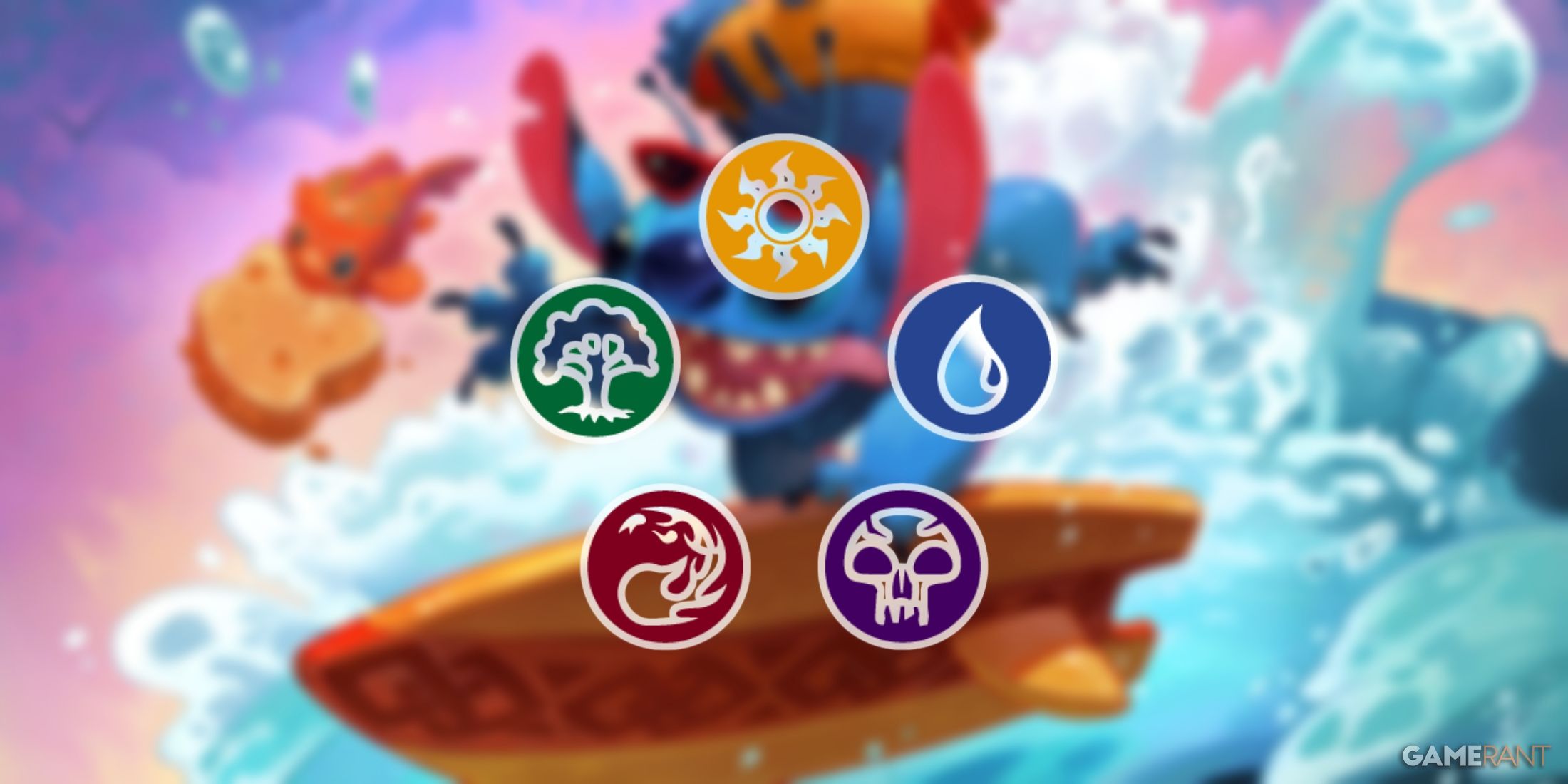
Summary
- Lorcana introduces Archazia’s Island with dual-Ink cards, restricting deckbuilding with new gameplay dynamics.
- Like MTG, Lorcana emphasizes color identity with unique card abilities tied to specific color combinations.
- Archazia’s Island expansion focuses on existing deck archetypes but may need more exploration for color combinations.
2025 is set to be an exciting year for Disney Lorcana, as three significant expansions are planned across the year. The first expansion, Archazia’s Island, brings a fresh twist to gameplay with Lorcana’s inaugural multicolored cards, known as dual-Ink. These cards have a unique deckbuilding restriction, as players can typically create decks using only two Ink colors at once. However, dual-Ink cards determine the specific colors that will be included in a particular deck. Notably, these dual-Ink cards adhere to one of Magic: The Gathering’s color identity principles.
Magic: The Gathering (MTG) and Lorcana are two distinct games, with MTG, having been around since 1993, boasting a rich history of 32 years on the market. Over this time, MTG has expanded significantly in both its player base and game mechanics. A major factor contributing to this growth has been the introduction of multicolored cards, which have played a significant role in shaping the game’s evolution. Regardless of whether they are mono-colored or multicolored, color identity is central to Magic: The Gathering. Different colors in the game are associated with specific actions or mechanics, and this association can change when a card carries multiple colors. In comparison, Lorcana‘s dual-Ink cards share a similar concept, though its impact remains to be seen.
Magic: The Gathering boasts 26 distinct color pairings, each with its own story-based name, blending aspects of the primary five colors to form unique personas.
Lorcana is Expanding on Color Identity Like Magic: The Gathering Did
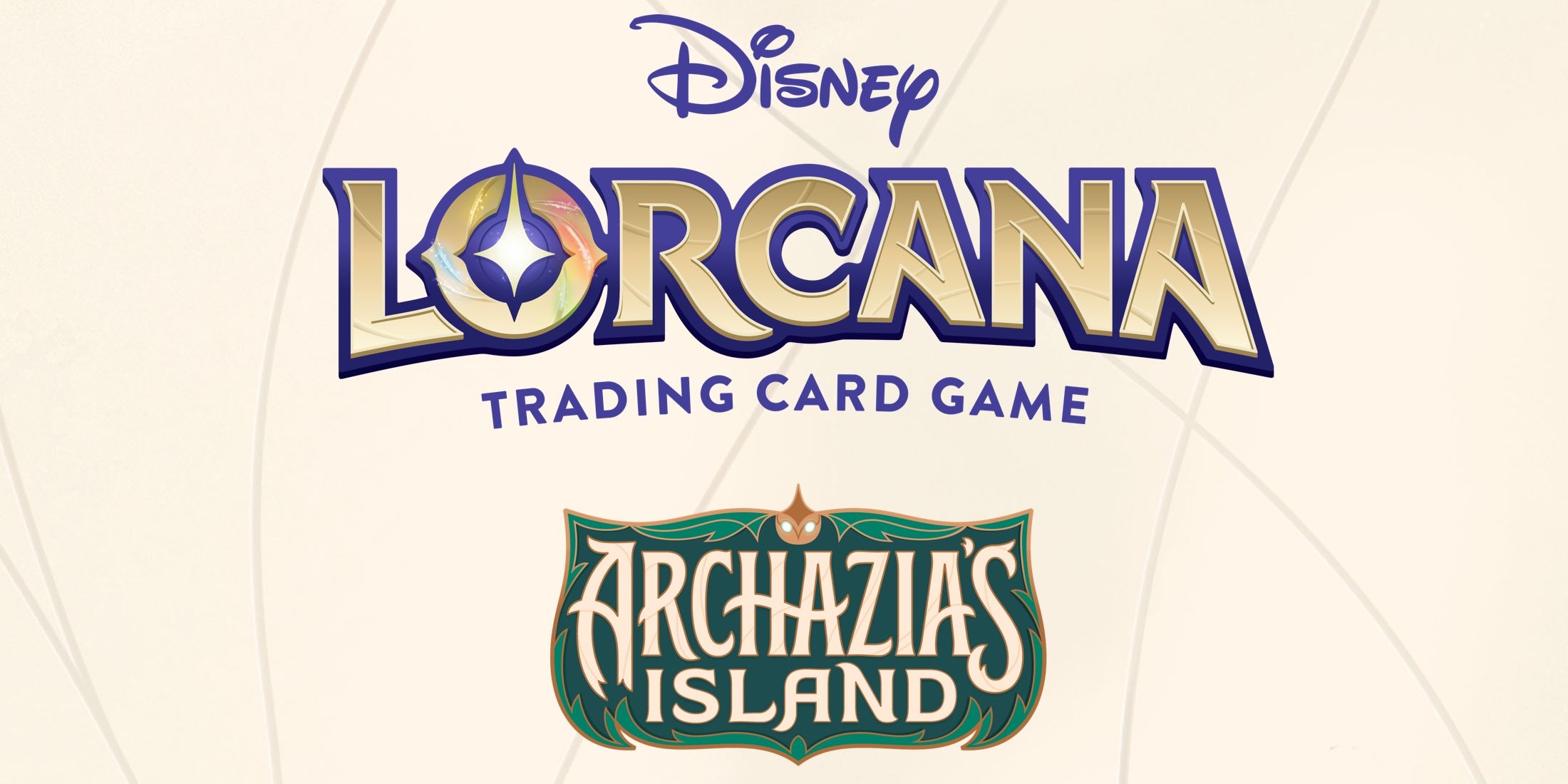
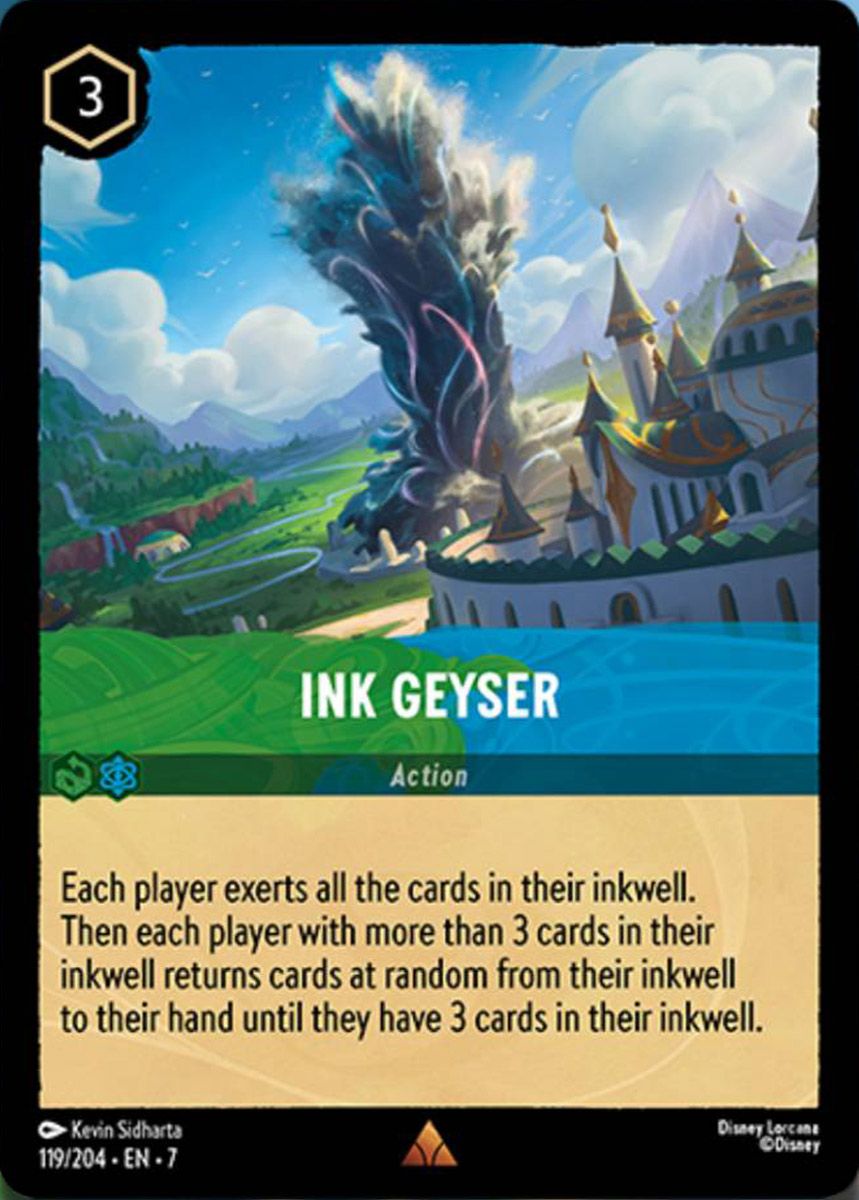
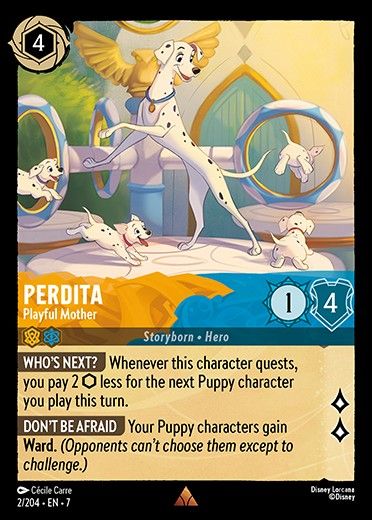
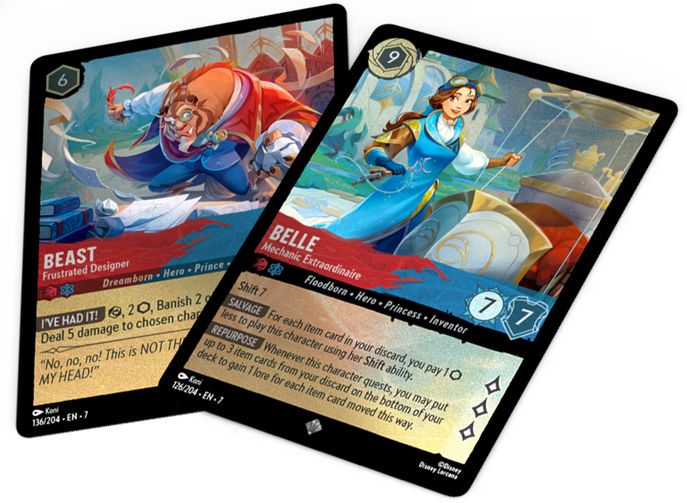
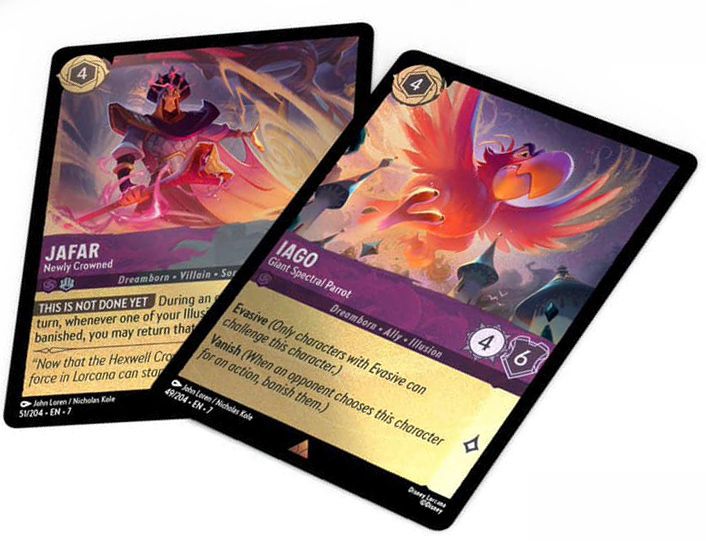
In the same vein as Magic: The Gathering (MTG), Lorcana cards possess a unique color identity. For instance, Sapphire cards offer multiple possibilities to add more than one card into the Inkwell during a single turn, Amethyst cards provide numerous methods for drawing additional cards, and Amber cards feature Singer characters that can be activated to play songs requiring higher Ink costs. Over time, each color combination in Lorcana decks has evolved its own distinct identity, with dual-Ink cards often emphasizing this rather than attempting to defy the norm. This approach can be beneficial or detrimental depending on the color combinations, but it mirrors the evolution of MTG over the years.
101 Dalmatians cards introduced by Lorcana expand upon the established Amber/Sapphire decks, now focusing on Hero characters with a pet-centric twist, as they originate from Archazia’s Island. Similarly, Emerald/Steel deck additions emphasize Pirates, aligning well with Azurite Sea’s preference due to the abundance of new Pirate characters. The Ruby/Amber collection features numerous cards with Racer-related effects, following the trend of introducing many Racer characters and Locations in recent sets, notably Shimmering Skies.
Why Lorcana’s Dual-Ink Cards Could Be a Double-Edged Sword
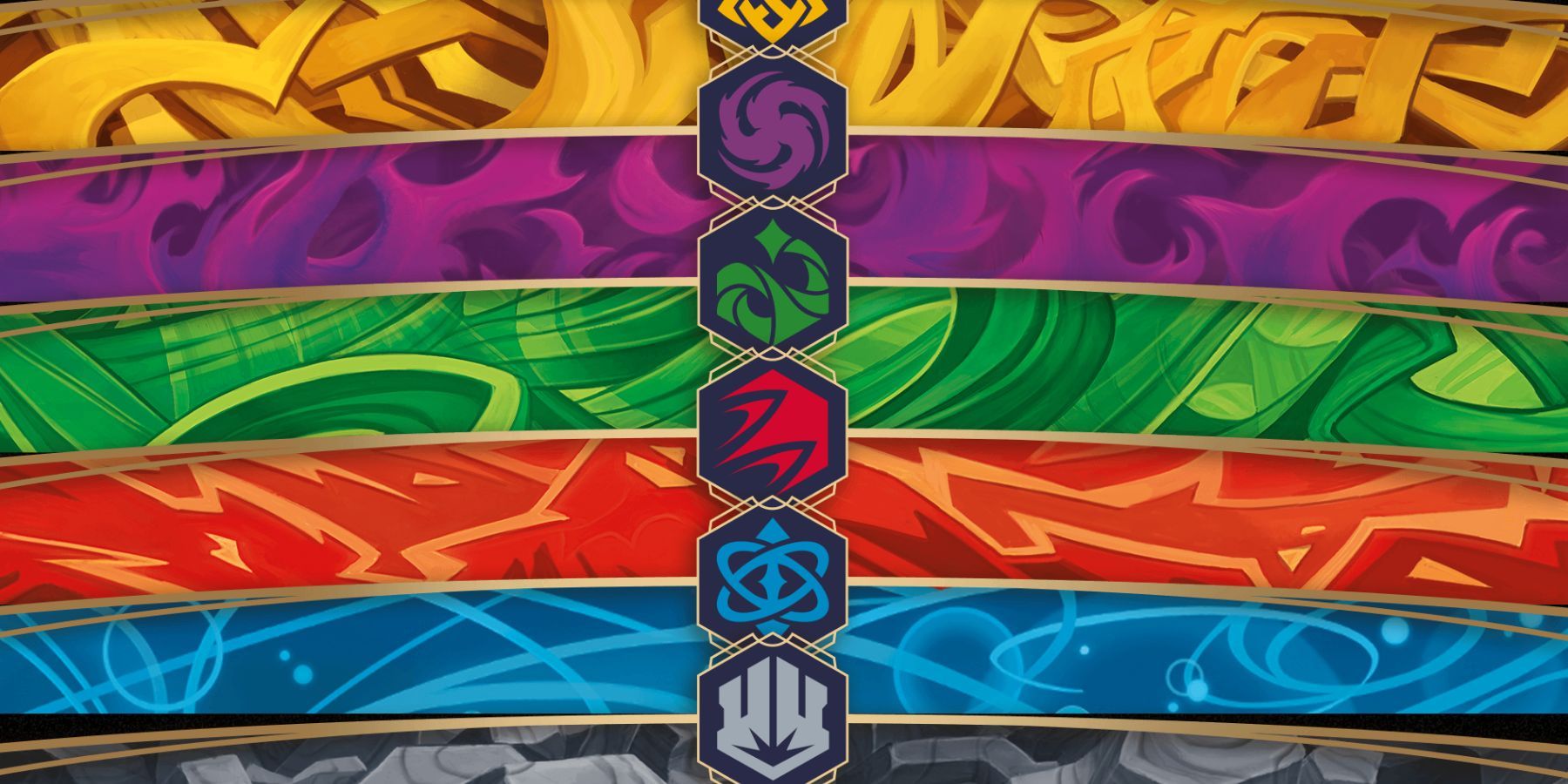
It’s logical that Lorcana’s latest Archazia’s Island collection emphasizes established deck types using dual-Ink cards, serving as the ideal representation of two distinct Ink categories. However, not all existing color pairings exhibit equal strength. The Ruby/Amber combination is generally viewed as a risky choice, whether in its Mufasa or Locations and Racers manifestation. Similarly, Ruby/Steel isn’t widely used outside of a recent Pirate variant that had modest success. The upcoming Ruby/Steel cards appear to be geared towards confronting opponent’s characters, which could be a questionable gameplay strategy for colors with minimal healing potential.
Although emulating Magic: The Gathering with Lorcana could be beneficial, it’s essential to remember that Lorcana is still in its early stages. This is only the second full year of releases for Lorcana, and it’s crucial to explore the potential capabilities of each color combination before defining specific color identities. For instance, both Ruby and Steel have a significant number of removal cards. Creating new dual-Ink cards that leverage this aspect could provide a unique and satisfying niche rather than simply creating challenging characters. This doesn’t necessarily mean that Lorcana won’t delve deeper into each color combination’s identity in future sets, as Magic: The Gathering has done for over 30 years. However, an Archazia’s Island may not significantly impact the meta-decks if it fails to establish new color identities.
Read More
- Nine Sols: 6 Best Jin Farming Methods
- How to Unlock the Mines in Cookie Run: Kingdom
- Top 8 UFC 5 Perks Every Fighter Should Use
- Link Click Season 3 Confirmed for 2026—Meet the Mysterious New Character Jae Lee!
- Top 8 Weapon Enchantments in Oblivion Remastered, Ranked
- How to Get 100% Chameleon in Oblivion Remastered
- USD ILS PREDICTION
- MHA’s Back: Horikoshi Drops New Chapter in ‘Ultra Age’ Fanbook – See What’s Inside!
- Invincible’s Strongest Female Characters
- Gold Rate Forecast
2025-02-16 02:44